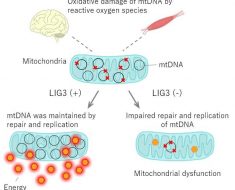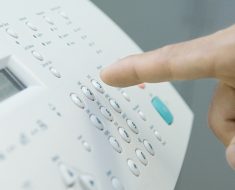
A team of doctors, nurses and medical researchers affiliated with multiple institutions in Australia has found that ultrasound devices can serve as reliable diagnostic tools for children presenting symptoms of distal forearm fracture. In their study, reported in the New England Journal of Medicine, the group tested the use of ultrasound devices in diagnosing arm fractures in children.
Prior research has shown that distal forearm fractures (broken bones in the part of the forearm nearest to the wrist) are among the most common injuries to children reported by emergency room personnel.
Prior research has also shown that many parents are concerned about exposing their children to the high energy, short wavelength electromagnetic waves emitted by X-ray machines—particularly if their child is accident prone. In this new effort, the research team tested the possibility of using ordinary ultrasound machines rather than X-ray machines to diagnose such fractures.
The team tracked the treatment and outcomes for 270 children between the ages of five and 15 who were brought to an emergency room with pain in their distal forearm. The children were randomly assigned to one of two groups.
Children in one group were given ultrasound tests. If the test proved negative, the child was sent home with instructions for care. If the test was positive, it was then confirmed with X-ray testing and treatment. The second group was tested using only X-ray machines and treated based on the results. All of the children were contacted at one, four and eight weeks after diagnosis to see how well their injuries were healing.
The research team found no difference in outcomes between the two groups. Because ultrasound testing can be done right away, that emergency rooms were less crowded. They note that ultrasound testing costs much less than X-ray testing and does not require certification for personnel.
They note that the technology has progressed to the point that there are commercial devices that attach to smartphones for personal use. They suggest that moving forward, ultrasound may come to play a much bigger role in diagnosing fractures in general—particularly in remote places.
More information:
Peter J. Snelling et al, Ultrasonography or Radiography for Suspected Pediatric Distal Forearm Fractures, New England Journal of Medicine (2023). DOI: 10.1056/NEJMoa2213883
Journal information:
New England Journal of Medicine
Source: Read Full Article





